In recent years, used container homes have become a significant trend in the housing market. These homes, built from repurposed shipping containers, offer a unique blend of affordability, sustainability, and modern design. If you’re considering a shipping container home, this comprehensive guide will cover everything you need to know.
What Are Used Container Homes?
Used container homes are residential structures made from old shipping containers that once transported goods across the globe. These containers, typically made from steel, are incredibly durable and can be modified to create comfortable living spaces. The robust nature of these containers ensures that they can withstand various environmental conditions, making them a reliable option for different climates.

The process of transforming a shipping container into a home involves significant modifications. Windows, doors, insulation, and interior finishes are added to create a livable space. Despite their industrial origins, these homes can be designed to offer all the comforts and aesthetics of traditional housing, with the added benefit of being more environmentally friendly.
Why Are Used Container Homes Popular?
The surge in popularity of used container homes can be attributed to several factors:
Affordability
One of the most appealing aspects of used container homes is their affordability. Traditional housing can be prohibitively expensive, but shipping container homes offer a cost-effective alternative. You can often find used shipping container homes for sale at a fraction of the price of conventional homes. Additionally, the costs associated with construction and materials are generally lower, making it easier for first-time homebuyers or those on a budget to own a home.
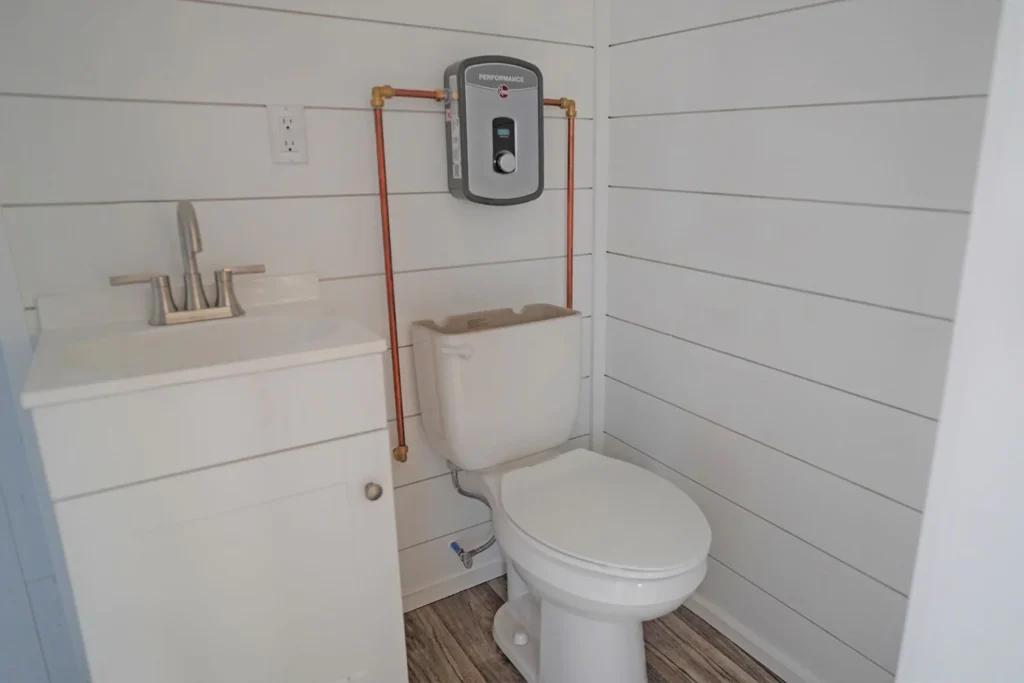
Moreover, the affordability extends beyond the initial purchase. Maintenance costs for container homes are often lower due to the durable nature of the materials used. This can result in significant savings over time, making container homes a financially savvy choice.
Sustainability
Building a home from repurposed shipping containers is an eco-friendly choice. By reusing these steel structures, you reduce waste and minimize the need for new building materials. This makes modular shipping container homes an attractive option for environmentally conscious buyers. The reduction in the use of traditional building materials like bricks and cement also means a lower carbon footprint during the construction phase.

Furthermore, many container homes incorporate additional sustainable features such as solar panels, rainwater harvesting systems, and energy-efficient appliances. These features further enhance their environmental benefits, making them a comprehensive solution for sustainable living.
Versatility
Shipping containers come in various sizes, including 20-foot and 40-foot options, allowing for versatile design possibilities. Whether you want a compact 20-foot shipping container house or a spacious 2-bedroom container home, the options are virtually limitless. The modular nature of shipping containers means they can be stacked and arranged in numerous configurations to suit different needs and preferences.

This versatility extends to the interior design as well. Container homes can be customized with various finishes, layouts, and amenities to create a space that truly reflects the owner’s style and needs. From minimalist designs to luxurious setups, the possibilities are endless.
Types of Shipping Container Homes
There are several types of shipping container homes to consider, each with its own unique characteristics.
Prefabricated Shipping Container Homes
Prefabricated shipping container homes are built off-site and then transported to your location. These homes are often designed with specific layouts and features, making the building process quicker and more efficient. The off-site construction also means that the impact on the building site is minimized, reducing disruptions and potential delays.
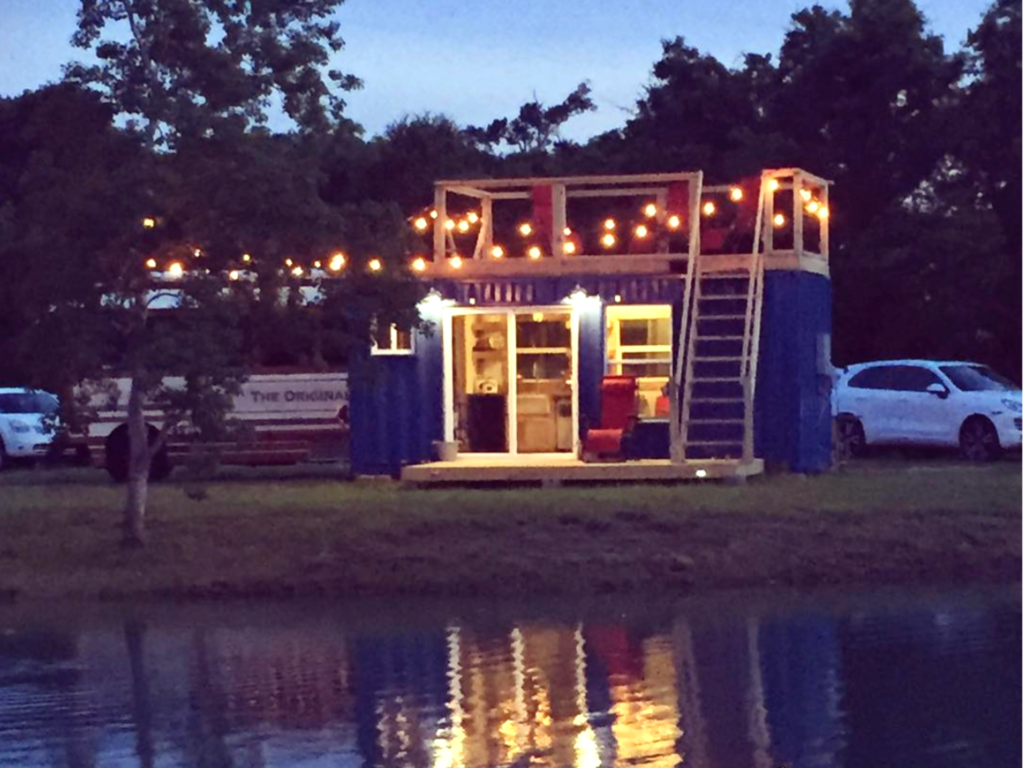
Additionally, prefabricated homes often come with quality assurances and warranties, as they are built in controlled environments. This can provide peace of mind to buyers, knowing that their home meets certain standards of construction and safety.
Modular Container Homes
Modular container homes are built by connecting multiple containers together. This approach allows for larger living spaces and more complex designs. For instance, you can easily create a 2-bedroom container home by joining two or more containers. The modularity also means that homes can be expanded or reconfigured in the future, providing flexibility for changing needs.
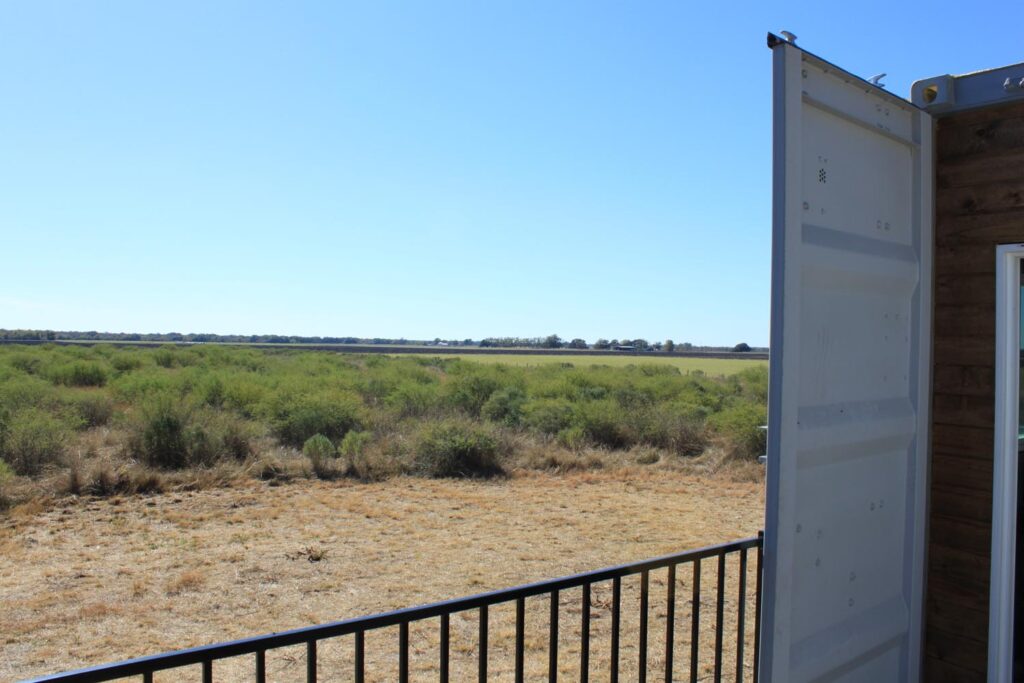
Modular homes can also incorporate a variety of architectural styles and features, from multi-story structures to homes with expansive outdoor spaces. This flexibility makes them suitable for a wide range of applications, from urban lofts to rural retreats.
Luxury Container Homes
For those looking for high-end living, luxury container homes offer upscale amenities and stylish designs. These homes often include features like high-end finishes, large windows, and modern appliances, providing a luxurious living experience in a unique setting. The use of high-quality materials and innovative design solutions ensures that these homes offer a premium living experience.
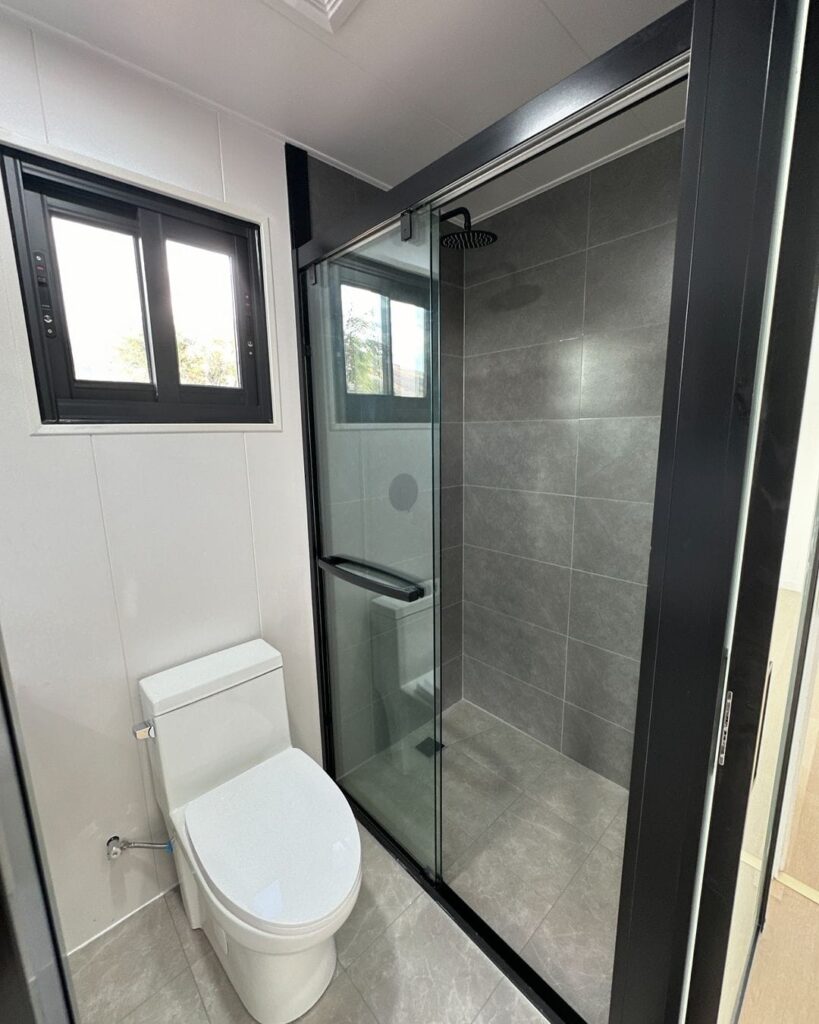
Luxury container homes can also be customized to include additional features such as rooftop terraces, swimming pools, and smart home technologies. These enhancements make them comparable to traditional luxury homes, but with the added appeal of their unique construction.
Benefits of Shipping Container Homes
Shipping container homes offer a range of benefits that make them an attractive option for many homebuyers.
Durability
Shipping containers are designed to withstand harsh conditions at sea, making them incredibly durable. This durability translates into a long-lasting home that can withstand various environmental challenges. The steel construction is resistant to pests, rot, and fire, providing a safe and secure living environment.

Furthermore, with proper maintenance, a container home can last for decades. The resilience of the materials used means that these homes require less frequent repairs and replacements, ensuring long-term value for homeowners.
Speed of Construction
Building a traditional home can take months or even years, but shipping container homes can be constructed much more quickly. Prefab shipping container homes, in particular, can be ready in a matter of weeks. This expedited construction timeline can be a significant advantage for those looking to move in quickly or avoid prolonged construction disruptions.

The speed of construction also reduces labor costs and minimizes the impact of weather delays. This efficiency makes container homes an appealing option for developers and individual homeowners alike.
Customizability
One of the most exciting aspects of shipping container homes is their customizability. You can modify the design, layout, and features to suit your personal preferences and needs. Whether you want a minimalist crate home or a fully equipped luxury container home, the choice is yours. This level of customization ensures that each home is unique and tailored to the owner’s lifestyle.

The ability to customize extends to both the interior and exterior of the home. From choosing paint colors and fixtures to adding decks and landscaping, homeowners can create a space that truly reflects their vision.
How to Get Started with a Shipping Container Home
If you’re interested in buying a container home, there are several steps you’ll need to take.
Research and Planning
Start by researching different types of container homes and their benefits. Consider your budget, desired location, and specific needs. Look for shipping container homes for sale and compare prices and features. Understanding the various options available will help you make an informed decision that aligns with your goals and budget.

Additionally, consider the climate and environmental conditions of your desired location. This will influence the type of insulation and modifications needed to make the container home comfortable year-round.
Choose a Builder
Selecting the right builder is crucial for a successful container home project. Look for experienced shipping container builders who have a portfolio of completed projects. Ask for references and read reviews to ensure you’re working with a reputable company. A skilled builder will guide you through the process, from design to completion, ensuring that your vision is realized.

It’s also beneficial to visit some of their previous projects if possible. This will give you a better sense of their craftsmanship and the quality of their work.
Design and Customization
Work with your builder to design your container home. Consider factors like layout, number of bedrooms, and additional features. You can opt for a predesigned model or create a custom design that fits your vision. Collaboration with your builder during this phase is essential to ensure that all your requirements and preferences are met.

Think about future needs as well. For instance, if you plan to expand your family or need a home office, these considerations should be factored into the design.
Permits and Regulations
Before starting construction, make sure you obtain all necessary permits and comply with local building regulations. This step is essential to avoid legal issues and ensure your home is safe and up to code. Different regions have varying requirements, so it’s important to work with local authorities and your builder to navigate these regulations.

Failure to obtain the necessary permits can result in fines and delays. It’s advisable to start this process early to ensure a smooth construction timeline.
Construction and Delivery
Once everything is in place, construction can begin. Prefab shipping container homes are often built off-site and then delivered to your location, while modular container homes may be assembled on-site. Your builder will handle the construction process and ensure your home is built to your specifications. Regular communication with your builder during this phase will help address any issues promptly.

After construction, a final inspection will ensure that everything is in order and meets the required standards. Once approved, you can move into your new home and start enjoying your unique living space.
Financing Your Shipping Container Home
Financing a shipping container home can be different from traditional home financing. Here are some options to consider:
Personal Loans
Personal loans can be a flexible option for financing your container home. These loans typically have shorter terms and higher interest rates but can be easier to obtain. They are suitable for those who may not qualify for traditional home loans or need a quicker financing solution.

However, it’s important to compare different lenders and terms to ensure you get the best deal. Consider the total cost of the loan, including interest and fees, to understand the full financial commitment.
Construction Loans
Some lenders offer construction loans specifically for building new homes. These loans can cover the cost of materials and labor, making them a suitable option for shipping container homes. Construction loans are typically disbursed in stages as the construction progresses, ensuring that funds are available when needed.

Working with a lender experienced in container home financing can simplify the process. They will understand the unique aspects of these projects and be better equipped to provide suitable financing options.
Savings and Investments
Using personal savings or investments to finance your container home can be a cost-effective option. This approach eliminates the need for loans and interest payments, allowing you to own your home outright. It also provides financial freedom, as there are no ongoing loan repayments to manage.

If you choose this route, ensure that you have a clear budget and contingency funds for any unexpected expenses. This will help you manage your finances effectively throughout the construction process.
Real-Life Examples of Shipping Container Homes
Seeing real-life examples of shipping container homes can provide inspiration and insight into what’s possible.
The Joshua Tree Residence
Located in California’s Joshua Tree National Park, this stunning container home combines modern design with sustainability. The home features large windows, a spacious deck, and a minimalist interior, offering a serene retreat in the desert. The design maximizes natural light and blends seamlessly with the surrounding landscape.
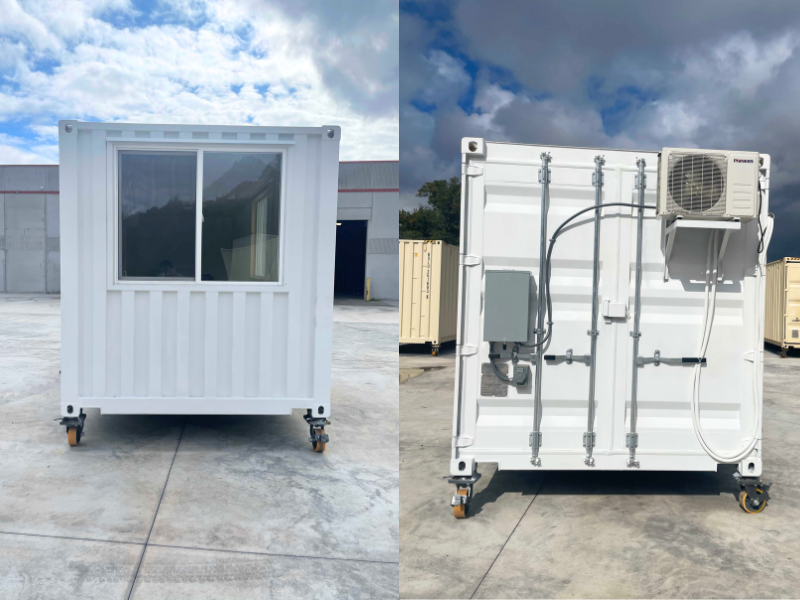
The use of sustainable materials and energy-efficient systems further enhances the home’s environmental credentials. This residence serves as a perfect example of how container homes can offer both style and sustainability.
The New York Container Loft
This stylish container home in New York City showcases the versatility of shipping containers. The loft-style home features an open floor plan, high ceilings, and contemporary finishes, creating a chic urban living space. The innovative design makes the most of the compact footprint, providing a spacious and airy